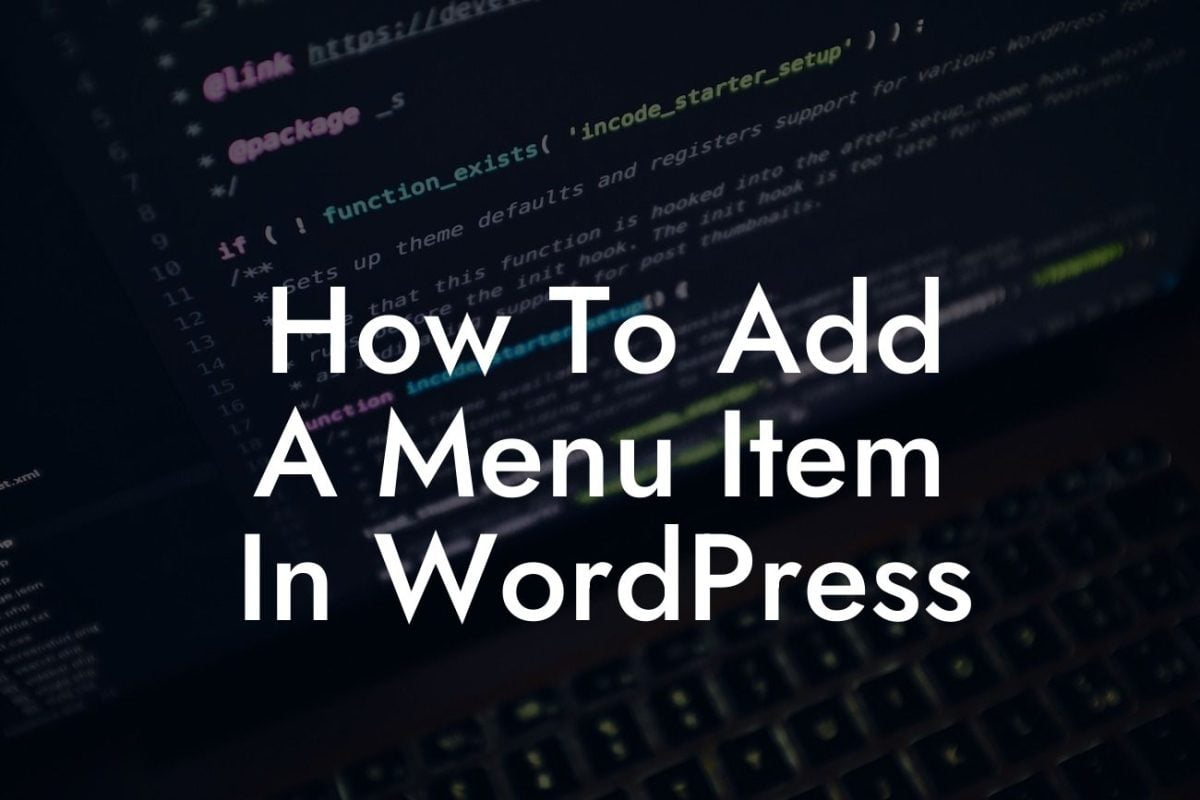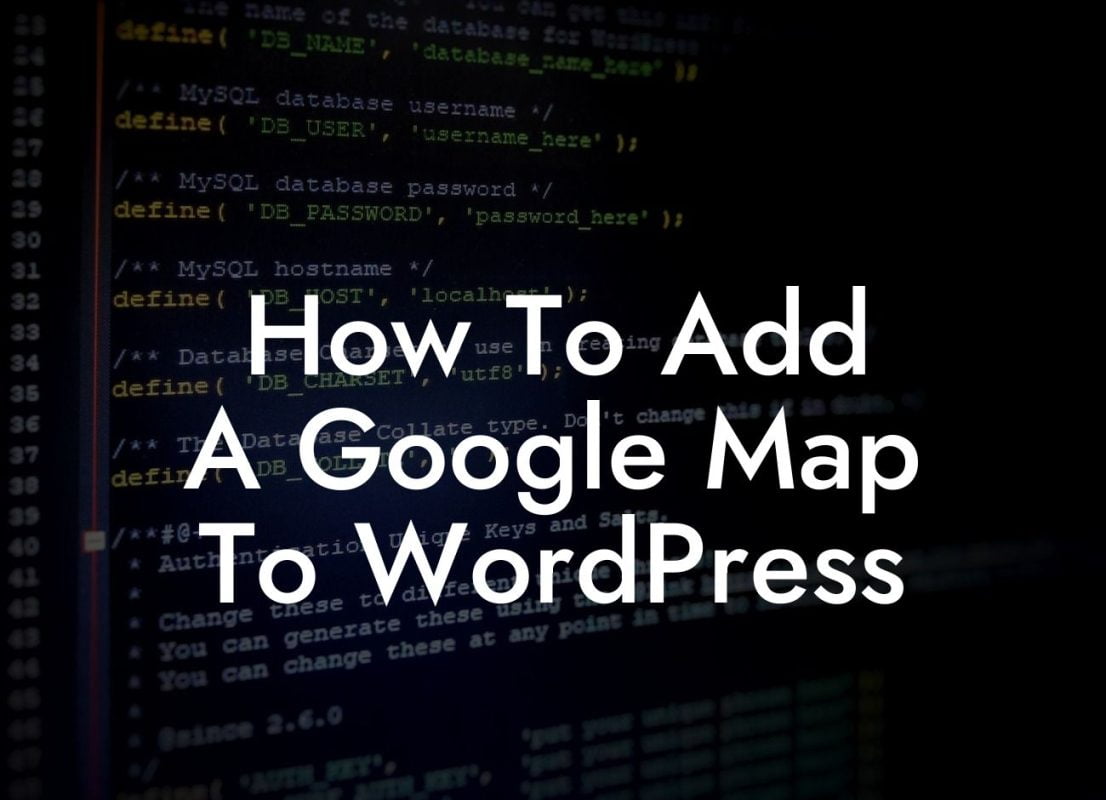Internal linking plays a crucial role in improving website navigation, enhancing user experience, and boosting search engine optimization (SEO). As a small business owner or entrepreneur, it's essential to understand the power of effective internal linking in WordPress. In this blog post, we will explore the ins and outs of changing internal links to optimize your website's structure and improve your online presence. Brace yourself for an exciting journey toward elevating your online success!
Internal links refer to the hyperlinks that connect one page to another within the same website domain. These links provide a roadmap for both search engines and users, guiding them through your website's content while establishing hierarchy and relevance. Let's take a deeper look at how you can leverage the power of internal linking in WordPress.
1. Understanding Your Website's Structure:
Before diving into internal linking, it's crucial to grasp the overall structure of your WordPress website. Categorize your content effectively using categories and tags to organize related topics. This ensures a logical flow and simplifies the process of changing internal links in the long run.
2. Identifying Hub Pages:
Looking For a Custom QuickBook Integration?
Hub pages are informative and comprehensive pages that serve as the centerpiece of a particular topic. These pages act as the main hub while other relevant content branches out from them. By identifying your hub pages, you can strategically insert internal links to other relevant pages, enhancing the overall structure of your website.
3. Keyword Research:
Before changing internal links, conducting thorough keyword research is essential. Identify high-performing keywords that align with your content and target audience's search intent. Implement these keywords within your internal links to boost their SEO value and improve search engine rankings.
4. Optimizing Anchor Text:
Anchor text refers to the clickable text within an internal link. Optimize this text by using relevant keywords that accurately describe the linked page's content. This practice not only helps search engines understand the link's context but also improves the user experience by providing a clear indication of what they'll find on the linked page.
Change Internal Links Wordpress Example:
Let's say you own an e-commerce store selling handmade jewelry. Your hub page could be "Handcrafted Bracelets," which provides comprehensive information about your bracelet collection. To enhance the internal linking structure, you can create anchor texts like "trendy silver bracelets" or "affordable handmade bracelets," linking to specific product pages. This improves both user navigation and SEO by establishing relevance and hierarchy within your website.
Congratulations! You're now equipped with the knowledge to change internal links in WordPress effectively. Remember, exceptional online presence requires attention to detail and continuous optimization. Check out DamnWoo's suite of WordPress plugins designed exclusively for small businesses and entrepreneurs. Elevate your website's performance, explore more guides on DamnWoo, and unlock the extraordinary today!
In conclusion, changing internal links in WordPress is a vital aspect of improving website navigation and SEO. By understanding your website's structure, identifying hub pages, conducting keyword research, and optimizing anchor text, you can boost your online presence and connect with your target audience more effectively. Stay ahead of the competition and embrace the extraordinary with DamnWoo's powerful WordPress plugins.













